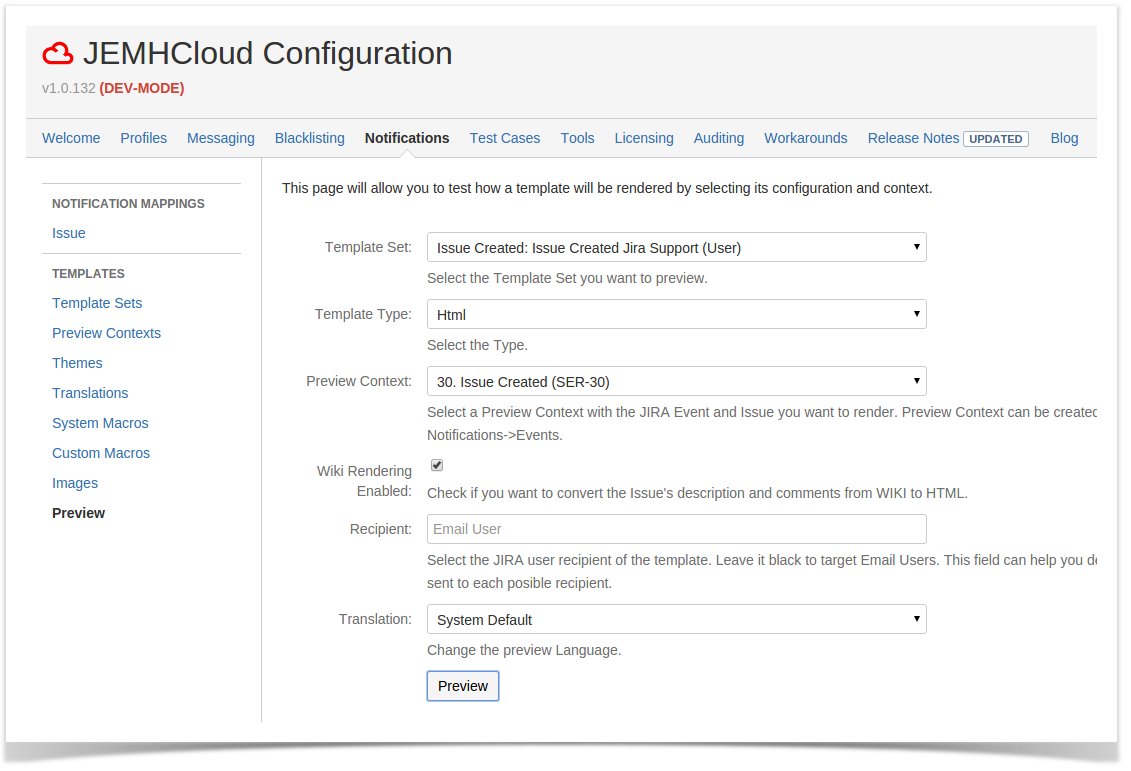3 Handy Ways to Communicate via Email in Jira Cloud

Nowadays email is one of the most-used channels for communication with customers. It’s quick, handy, and multifunctional. These characteristics define the importance of putting this channel to its proper use.
Agree that the world of technologies is moving more and more to the Cloud these days. The quality of Cloud products is increasing, as well as our requirements to them. While working on customers’ issues and ideas about your product you may like to take advantage of email for interaction with end users. The main idea of this article is to show you a few tools to combine email communication with one of the most popular issue tracking software – Jira Cloud.
If you are running Jira Cloud and need to configure communication by email, standard Jira MailHandler can be insufficient for your needs. The good news is that you have lots of ways to boost your Jira with apps from the Atlassian Marketplace. In this article we’ll name three apps that can help you to accomplish this objective. Here they are:
Let’s take a closer look at each of these apps.
Email This Issue
Email This Issue is a tool that expands collaboration in Jira Cloud and helps you to keep in touch with all related users inside and outside your company.
By using this app you can do the following:
- Send emails with issue details to your external and internal users, issue participants, and specific user groups by email.
- Attach files to issues or comments by email.
- Send automated notifications to internal or external recipients about issue events or workflow transitions.
- Compose and send emails manually within Jira.
- Append system-related data or custom fields to email subject, body, sender’s address, and comments.
The add-on has pretty rich functionality, but how to set it up? Let’s find out. After installation of the add-on you’ll see the Email button for every issue:
This button indicates that now you can send emails right from the issue. Click it and you’ll see the email screen. You can specify recipients, email subject, attachments, message text, and template of the email here:
Another convenient feature of this add-on is its notification system. You can define notification scheme with several options:
You can also create templates for your emails right in Jira:
For production usage you have to configure SMTP Servers for outgoing emails and POP3 or IMAP for incoming. By navigating to the administration section of the add-on, you can further fine tune its settings and adjust to your corporate needs. For the details on this, see the add-on documentation.
Email This Issue is available on the Atlassian Marketplace.
Customer Case
Customer Case is a full-fledged support and feedback system for interaction with internal and external users of your product. Intuitive and quick activation of the email communication is one of the benefits that this app can offer you.
Customer Case utilizes a mailbox to which you forward all the incoming emails from your corporate support email address. You needn’t set up any POP or IMAP servers, all these things are done automatically by Customer Case. In the mailbox settings you can select the forum for posting requests and adjust the From Email and From Name parameters for attributing all the outgoing emails to your company.
The specifics of Customer Case are a system of support and feedback forums incorporated into a single customer portal. Emails delivered to the allocated mailboxes are automatically converted into requests or replies and published on the corresponding forum as support requests or ideas. Here is an example of one of these forums:
This way your customers and new users can leave their feedback and get timely response. And that’s when you need to have a sustainable email communication channel for receiving notifications about new issues and informing your customers of progress on their requests.
Moreover, your Jira users get notifications about all the tickets created on Customer Case forums. They can start progress on an issue or leave a comment on it by email. Customer Case embeds a separate tab for posting replies to customers and preserves the native Jira tab for internal team collaboration on requests.
In addition to email communication, your customers can reach you on the dedicated portal and submit their requests through the web-interface. For logging in to Customer Case, they can use their social accounts on Facebook or Google, or create a personal account on the fly.
Free trial of Customer Case for Jira Cloud is available right now on the Atlassian Marketplace. Learn more about this functional tool on its documentation or demo site.
Enterprise Email Handler
Enterprise Email Handler is one more good app that provides extended email integration with Jira Cloud.
Once you install the app you can set up end-to-end configuration of Enterprise Email Handler:
- Inbound: Create issues from emails.
- Outbound: Send email notifications when issues are created, updated or commented.
- Inbound/Outbound: Process emails, create issues and send emails.
This add-on offers pretty rich capabilities for text or HTML templates customization, including usage of images and CSS. Templates and CSS can be bundled into Themes for further export or import.
The add-on also has free integration with Hipchat, SMS, and Slack communication channels.
Enterprise Email Handler provides you with a full-fledged toolset to fine tune email coollaboration to your needs. You can see the documentation of the add-on or install a trial version from the Atlassian Marketplace.
Which one to choose
There exist a lot of ways to interact with your customers and in-house users by email in Jira Cloud. Some apps like Email This Issue and Enterprise Email Handler provide flexible setup with lots of configurable options. The others like Customer Case provide the ready-to-use solution operating out of the box with the simple and quick setup. But all of them are designed for running a support system with the primary email communication channel within your Jira Cloud.
No matter which tool you choose, the key objective is to have a place where your customers can get timely response and updates on their support tickets and feature requests.
Which tool would you prefer? Share your opinion with us in the comments below.
































